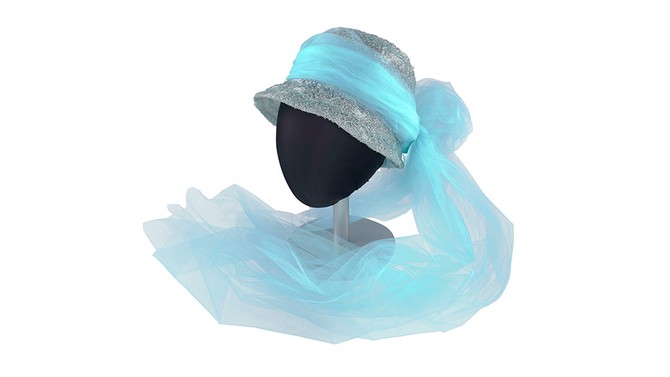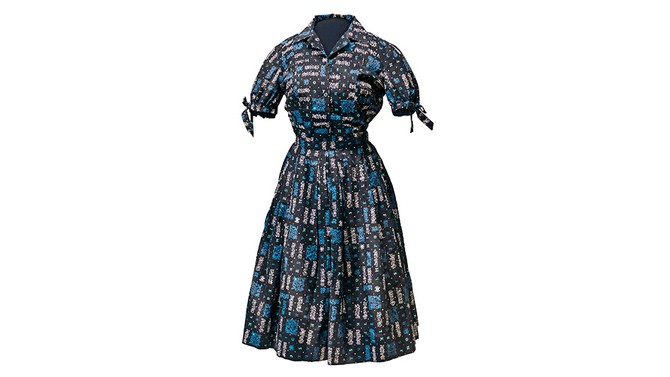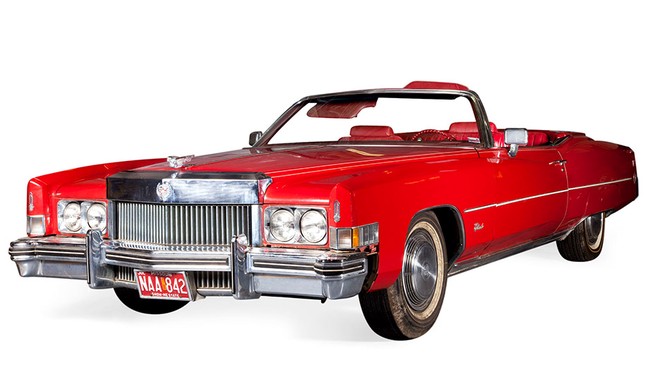5 Reasons to See the Museum of African American History
The most storied artifacts at the National Museum of African American History and Culture.
By Elyse Moody

Photo: Alan Karchmer
National Treasure
Twelve years ago, Oprah was asked to join the advisory council of the National Museum of African American History and Culture—and though she'd turned down similar requests before, this opportunity was too momentous to miss. "Understanding the depths of where you've come from to be who you are is as important for each individual as it is for a country," she says. On September 24, she'll be in attendance when the long-awaited institution, located on the National Mall in Washington, D.C., officially opens. "This museum is a living testament to the struggle, value, and victories African Americans have contributed to make America great," says Oprah. The museum's director, Lonnie G. Bunch III, seconds that sentiment: "We're reclaiming the Mall as a sacred space in our history."
In the past decade, Lonnie G. Bunch III and his curators have acquired more than 37,000 items from around the world. Here, he walks us through five of the collection's most storied artifacts:
In the past decade, Lonnie G. Bunch III and his curators have acquired more than 37,000 items from around the world. Here, he walks us through five of the collection's most storied artifacts:

Crowning Glory
"Mae Reeves was born in Georgia and migrated to Philadelphia, where in 1941 she opened an haute couture hat shop called Mae's Millinery. She kept it open until 1994. The notion of this woman making hats for the elite and for the street is powerful. Reeves is now more than 100 years old, and her hats are just doggone beautiful. She gave us about 20 or 30 of them."

Woman of Letters
"Carlotta Walls LaNier, one of the Little Rock Nine"—a group of students who intrepidly enrolled at a newly desegregated school in Arkansas in 1957—"wore this matching blouse and skirt on her first day. Her family had saved money to buy her a new outfit, and the pattern on this one contains the letters of the alphabet. That's what her parents wanted her to remember: 'This is about learning. Don't let anybody turn you around.'"

Raise Every Voice
"When a collector in Philadelphia told me he had Harriet Tubman material I'd want to see, I figured it would be a waste of time—I didn't think there was anything of hers left to find. Then he pulled out pictures of her funeral that I'd never seen. By the time he showed me her hymnal, I was crying. It has all the spirituals she sang when she went down south to help slaves escape."

Wheelin' and Rockin'
"This is the Cadillac that Chuck Berry drove onstage in the documentary Hail! Hail! Rock 'n' Roll. He always does things his way. I sent one of my curators out to meet him, and they had lunch together, and lunch with Chuck Berry meant ice cream sandwiches. I guess that was enough to break the ice—he signed the paperwork and handed the keys over to us."

Eyes on the Prize
"Muhammad Ali wore this headgear at the 5th St. Gym in Miami, where he trained with Angelo Dundee after winning the gold in the 1960 Olympics. Dundee's gym was one of the few desegregated places in Miami. I think this headgear really symbolizes Ali as a fighter, as someone who both got into the ring and fought to protect his own liberties and conscience."
Additional photo credits courtesy of Smithsonian's National Museum of African American History and Culture (5)
Additional photo credits courtesy of Smithsonian's National Museum of African American History and Culture (5)
From the October 2016 issue of O, The Oprah Magazine

